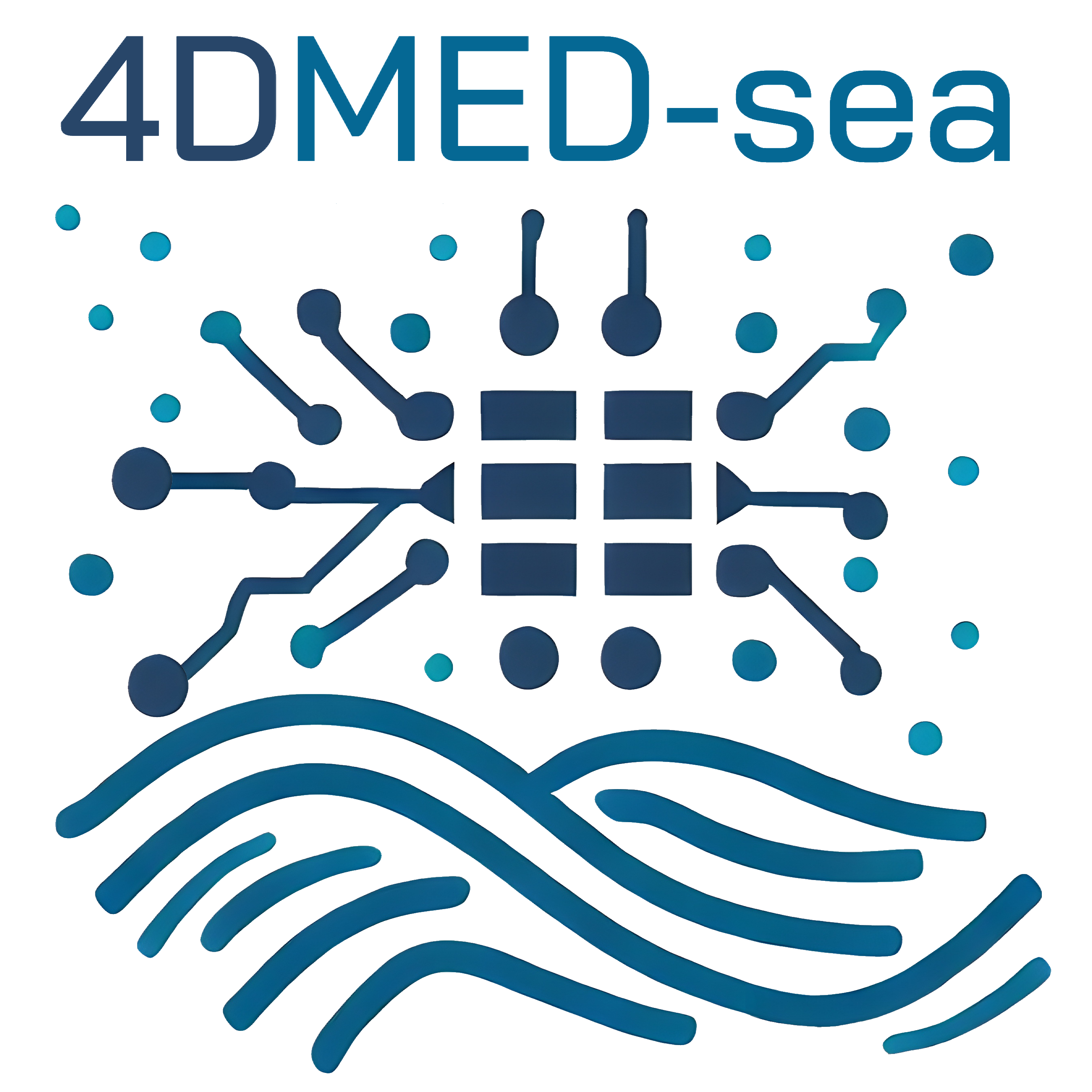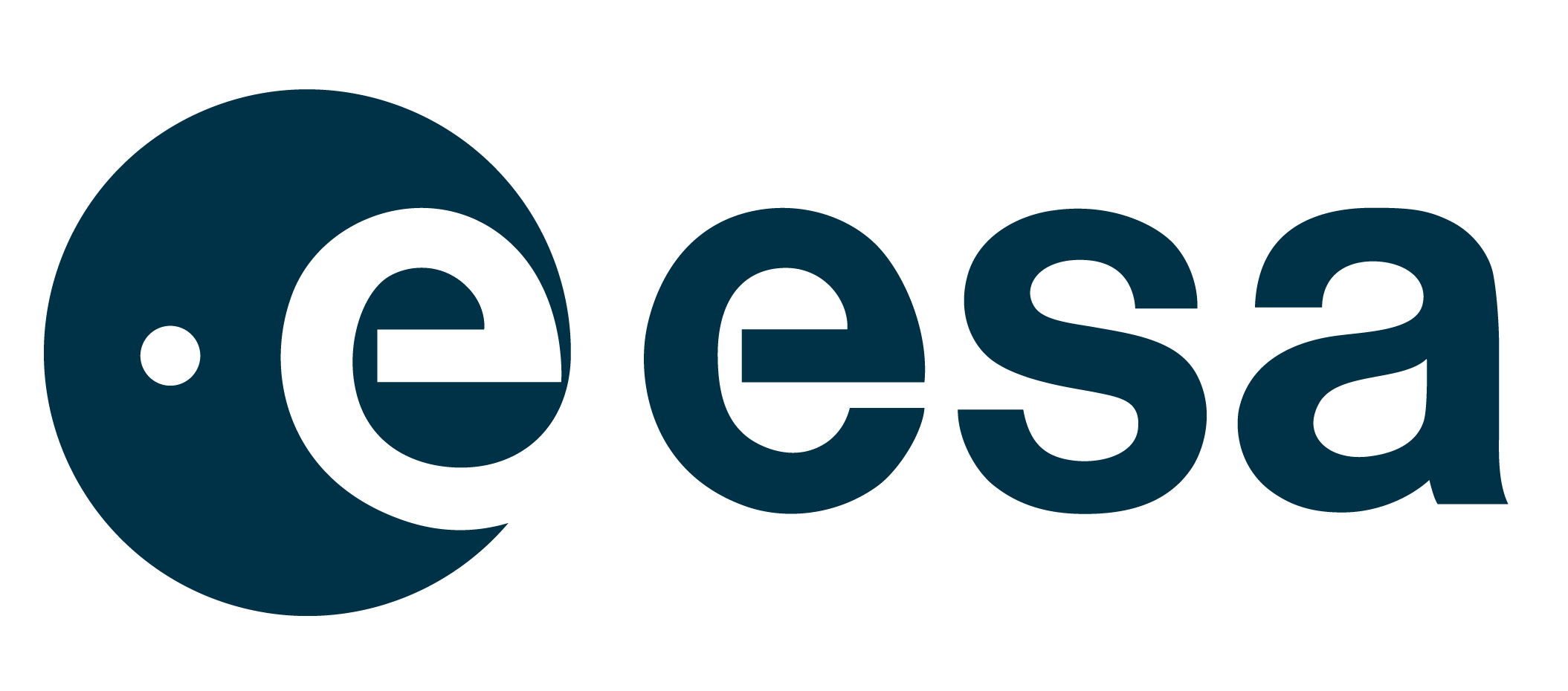Project Products
Addressing key multi-disciplinary scientific questions
The 4DMED products tools are specifically designed to address key multi-disciplinary scientific questions and to reduce the knowledge gaps that concern the relation between the Mediterranean Sea dynamics and the most relevant biogeochemical/biological/ecological processes, targeting also the bio-physical interactions at the mesoscale and sub-mesoscale.
4DMED data products and associated documentation are provided as open data.
The main products foreseen as project outcomes are listed below. Details and data can be found by following the links.
Core Products
- 4DMED-2D SSS (L4) Sea Surface Salinity and Densityhttps://doi.org/10.5281/zenodo.10635320- 4DMED-2D ALT (L4) MIOST Sea Surface Heights And Derived Variables https://doi.org/10.5281/zenodo.10648981
- 4DMED-2D ALT (L4) 4DvarNET (1/8°) Sea Surface Heights And Derived Variables https://doi.org/10.5281/zenodo.10908416
- 4DMED-2D ALT (L4) 4DvarNET (1/20°) Sea Surface Heights And Derived Variables https://doi.org/10.5281/zenodo.10912777
- 4DMED-3D (L4) (1/24°) Temperature, Salinity and Geostrophic Velocities from the surface down to 150 m https://doi.org/10.5281/zenodo.13850413
- 4DMED-3D (L4) (1/24°) Chlorophyll-a, Temperature, Salinity, Density, and Geostrophic Velocities from the surface down to 150 m https://doi.org/10.25423/cmcc/4dmedsea_biophys_rep_3d
- 4DMED-3D (L4) (1/24°) Primary Production Primary Production estimated from chlorophyll and temperature 3D fields at 1/24° from the surface down to 150 m https://4dmed.artov.ismar.cnr.it/thredds/catalog/4dmed/catalog_PP.html
- 4DMED-2D PFT/Kd (L3) (8km) Phytoplankton Functional Types and Diffuse Attenuation Coefficients (monthly, 2019–2021) https://doi.org/10.5281/zenodo.17077474
Derived Products
- 4DMED-2D ALT (L4) MIOST Finite-size Lyapunov Exponents 1/24° https://doi.org/10.5281/zenodo.11384073- 4DMED-2D ALT (L4) MIOST Finite-size Lyapunov Exponents 1/72° https://doi.org/10.5281/zenodo.11386592
- 4DMED-2D ALT (L4) 4DvarNET (1/8°) Finite-size Lyapunov Exponents 1/24° https://doi.org/10.5281/zenodo.11613002
- 4DMED-2D ALT (L4) 4DvarNET (1/8°) Finite-size Lyapunov Exponents 1/72° https://doi.org/10.5281/zenodo.11612964
- 4DMED-2D ALT (L4) 4DvarNET (1/20°) Finite-size Lyapunov Exponents 1/24° https://doi.org/10.5281/zenodo.11610512
- 4DMED-2D ALT (L4) 4DvarNET (1/20°) Finite-size Lyapunov Exponents 1/72° https://doi.org/10.5281/zenodo.11610889
4DMEDSea DataChallenge
The ESA-4DMEDSea Data Challenge is designed to assess experimental sea surface height gridded products produced within the ESA-4DMEDSea project. Through a dedicated website and associated GitHub repository, participants can access essential resources, including input datasets, independent validation data, and comparison tools for evaluating their methodologies.
Currently, the evaluation process involves a comparison among the Copernicus Marine Service operational product, MIOST [Ubelmann et al., 2021], and 4Dvarnet [Fablet et al., 2021] mapping techniques. This evaluation employs a range of metrics (RMSE, effective resolution, …) to gauge the accuracy, reliability, and efficiency of the gridded sea surface height and currents. Leveraging independent datasets such as along-track altimeter and in-situ drifter data, the framework aims to provide insights into the efficacy of different mapping reconstructions. Main mapping scores are consolidated in a readily accessible scoreboard, facilitating informed decision-making for researchers and users concerning the selection and application of diverse mapping approaches.
References:
MIOST: Ubelmann, C. et al. Reconstructing ocean surface current combining altimetry and future spaceborne doppler data. J. Geophys. Res. Ocean. 126, e2020JC016560 (2021).
4dVarNet: Fablet, R., Amar, M. M., Febvre, Q., Beauchamp, M. & Chapron, B. End-to-end physics-informed representation learning for satellite ocean remote sensing data: Applications to satellite altimetry and sea surface currents. ISPRS Annals Photogramm. Remote. Sens. & Spatial Inf. Sci. (2021).


